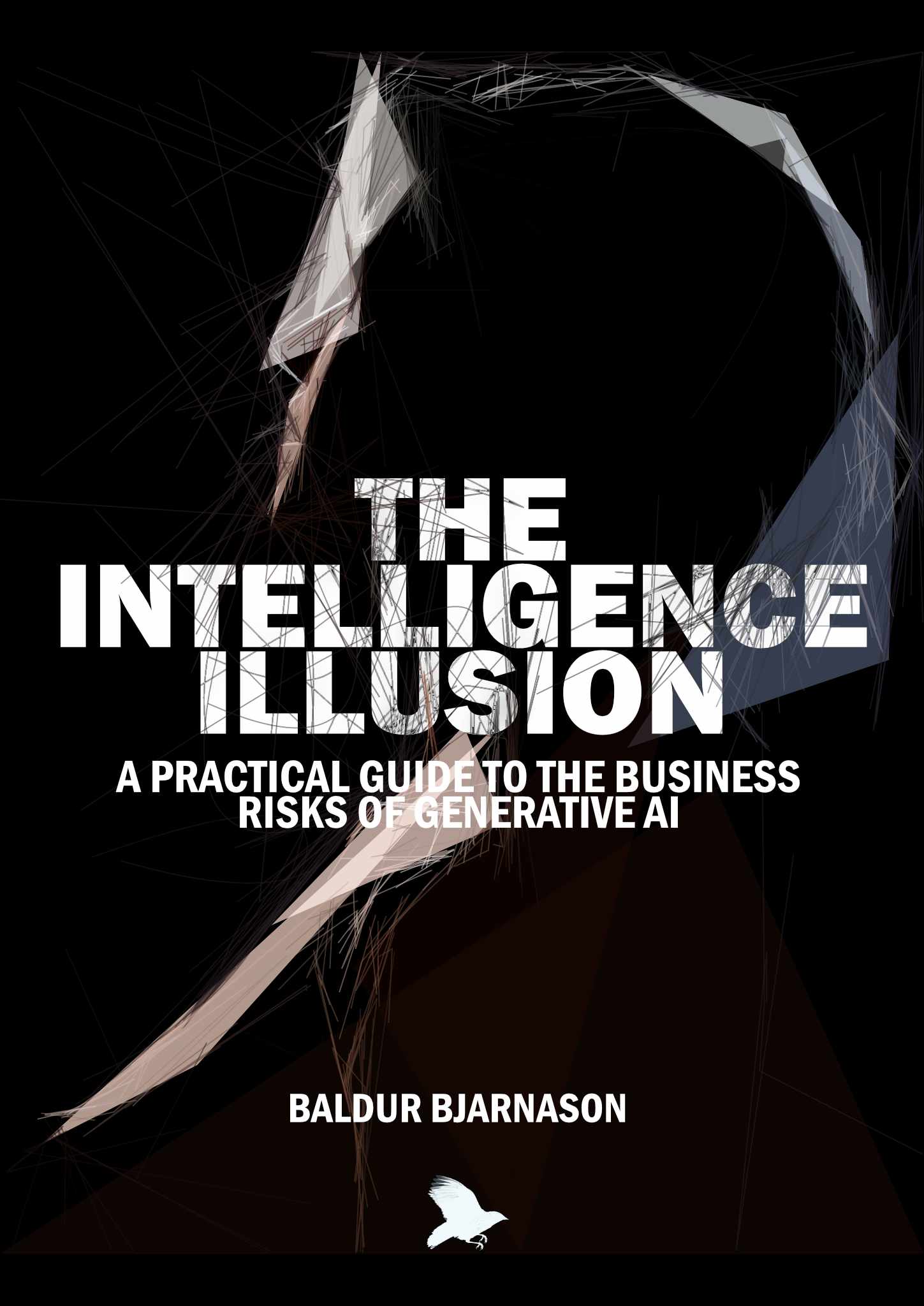What do the words mean?
Artificial Intelligence
Not actual intelligence. This refers to several different methods of building neural network models that can solve tasks for us. They are versatile tools even if they are currently quite unreliable.
Neural Network
A data structure based on early theories on how the brain might work. In a biological neural network each neuron is one of the more complex living cells in the body. Conversely, the “neuron” of an artificial neural network is just a number.
Machine Learning
What software developers actually mean when they say ‘AI’. Not actual learning. We don’t rebuild our brains from scratch using only numbers, by reliving our entire lives up to that point—including everything we’ve read—every time we want to learn something new.
Artificial General Intelligence
What the public thinks ‘AI’ means. This lies somewhere between science fiction and fantasy. It very definitely does not exist yet.
Training data
This is the labelled or unlabelled data that’s fed into the algorithm to incrementally build an AI model’s artificial neural network.
Model
Usually used to describe the collection of parameters of an artificial neural network together with some (but not all) of the software needed to use it. What makes the “AI” tick.
Generative AI
AI models that generate images, video, audio, text, or code.
Language Model
An AI model that has been trained on text. Smaller models are usually specialised and have limited functionality.
Large Language Model
An AI language model that’s large enough to generate fluent text and simulate convincing conversations. This is what ChatGPT is built on.
Foundation Model
A model big enough and versatile enough to be used as a building block for more specialised “fine-tuned” models.
Fine-tuning
Additional training that improves a model’s capability at a specialised task, or degrades its ability to generate a specific kind of negative outcome, sometimes at the expense of versatility.
Diffusion model
A model trained on a large collection of images that are “diffused” into and out of random noise. This “teaches” the model to see images in noise and generate them from scratch. Almost every major image-generating AI model on the market today is a diffusion model.

These cards were made by Baldur Bjarnason.
They are based on the research done for the book The Intelligence Illusion: a practical guide to the business risks of Generative AI .